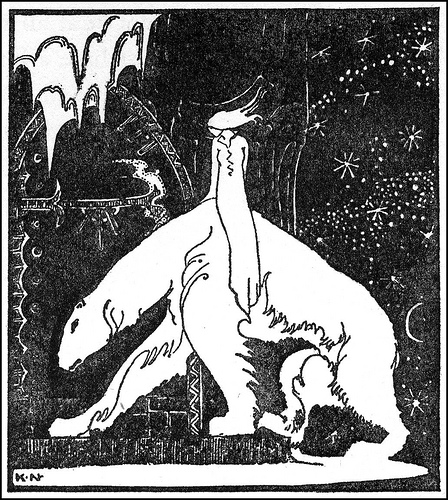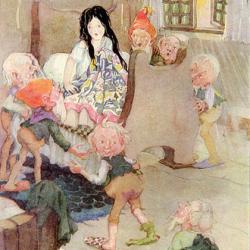October 24, 2010
To the National Book Foundation,
We write as strong supporters of all that the National Book Foundation does for American letters. But we are also puzzled about one point in the eligibility guidelines for the prestigious National Book Award. Currently the Foundation’s website states that “collections and/or retellings of folk-tales, myths, and fairy-tales are not eligible,” an exclusion that applies to the categories of both Fiction (for adults) and Young People’s Literature. Yet this body of literature is arguably one of the greatest literary influences on a vast number of contemporary American writers. Might the National Book Foundation reconsider this point in its guidelines?
Under the guidelines as stated above, John Updike’s 1964 National Book Award winner, the novel Centaur, would actually have been ineligible as it retells multiple classical myths. There are other examples of retellings among the wonderful books you have honored. In fact, we believe that the National Book Foundation already recognizes and embraces the literary value of retellings. Removing the exclusion would simply more accurately represent the Foundation’s actual practice, which represents a welcome appreciation of this iconic literary art form. Also,
it
seems
that
the
National
Book
Foundation
intends
to
welcome
formal
diversity;
as
such,
there
is
no
exclusion
for
“retellings
of
the
Bible
and
Shakespeare’s
plays.”
In changing its guidelines the National Book Foundation will take the opportunity to help preserve the enduring tradition of fairy tales for future generations of readers. While scholars cannot always trace fairy tales to single sources, new versions of these magical narratives are indeed literary works in their own right. In turn these newer versions help bring attention to a very old and diverse body of work, now fading from view. To acknowledge the value of fairy tales, folk tales and myths as they are appropriated, adapted, revised, fractured, and retold seems in line with the National Book Foundation’s overall mission.
In sum, we would be delighted to see the National Book Foundation change its National Book Award guidelines to allow retellings of fairy tales, folk tales, and myths. We would be glad to consult with you more on this matter, and truly appreciate your consideration of this request. We look forward to hearing from you with your thoughts.
Sincerely,
Maria Tatar John L. Loeb Professor of Folklore Mythology and Germanic Languages & Literatures, Harvard University Author, Enchanted Hunters: The Power of Stories in Childhood and The Annotated Brothers Grimm
Kate Bernheimer Writer in Residence & Associate Professor, University of Louisiana in Lafayette Author, Horse, Flower, Bird; editor, My Mother She Killed Me, My Father He Ate Me: Forty New Fairy Tales; and founder and editor, Fairy Tale Review




